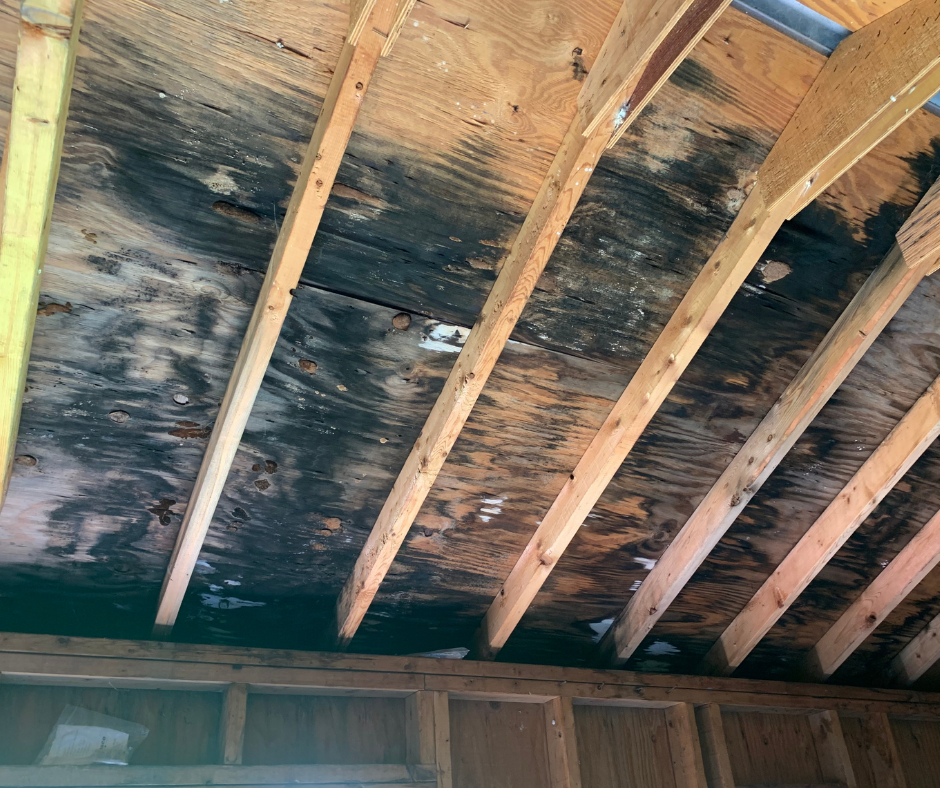Mold lurking in your home can be unsettling. It can damage your property and potentially cause health problems. But the good news is, with a little knowledge and action, you can address the situation effectively. At Fairchild Renovations, we’ll equip you with the information you need to identify signs of mold and take the necessary steps to tackle it.
Identifying the Moldy Culprit
Before taking any drastic measures, confirm if it’s actually mold you’re dealing with. Mold comes in a variety of colors and textures, making it a bit of a disguise artist.
Here are some telltale signs to watch out for:
Visual Clues: Keep an eye out for black, green, or brown spots on walls, ceilings, or furniture. Mold can also appear as fuzzy patches or discoloration.
Musty Odors: Mold has a distinct, unpleasant smell, often described as earthy or damp. A persistent musty odor in your home might indicate mold growth.
Water Damage History: Leaks, floods, and areas with lingering moisture are prime breeding grounds for mold. If you’ve had any water damage, inspect those areas thoroughly.
Allergic Reactions: Exposure to mold can trigger allergic reactions like sneezing, coughing, and skin irritation. If you or your family experience unexplained health issues, mold could be the culprit.
Taking Action on Suspected Mold
If you suspect mold, a prompt response is key to prevent further spread and potential health risks.
Here’s what you can do:
Inspect Thoroughly: Start by giving your home a good once-over, focusing on moisture-prone areas like bathrooms, kitchens, basements, and crawl spaces. Be on the lookout for any visual signs of mold growth.
Consider Professional Help: If you’re unsure what you’re looking at, consider reaching out to Fairchild Renovations. We can provide a comprehensive assessment and expert advice on how to proceed.
Protect Yourself: While inspecting, take precautions to avoid exposure. Wear gloves, a mask, and eye protection to minimize contact with mold spores.
Tackle the Root Cause: Mold thrives in damp environments. Address any moisture issues by repairing leaks, improving ventilation, and using dehumidifiers to control humidity levels.
Clean Up the Mold: Small mold patches can often be cleaned with a solution of water and detergent. However, for larger infestations, professional remediation is highly recommended. Always follow proper safety protocols and guidelines when cleaning mold to minimize exposure.
Don’t let suspected mold cause undue stress. By learning how to identify mold and take appropriate action, you can safeguard your home and your family’s health. With the right knowledge and approach, you can create a safe and healthy living environment for years to come. Be sure to reach out to us at Fairchild Renovations today for mold remediation.
